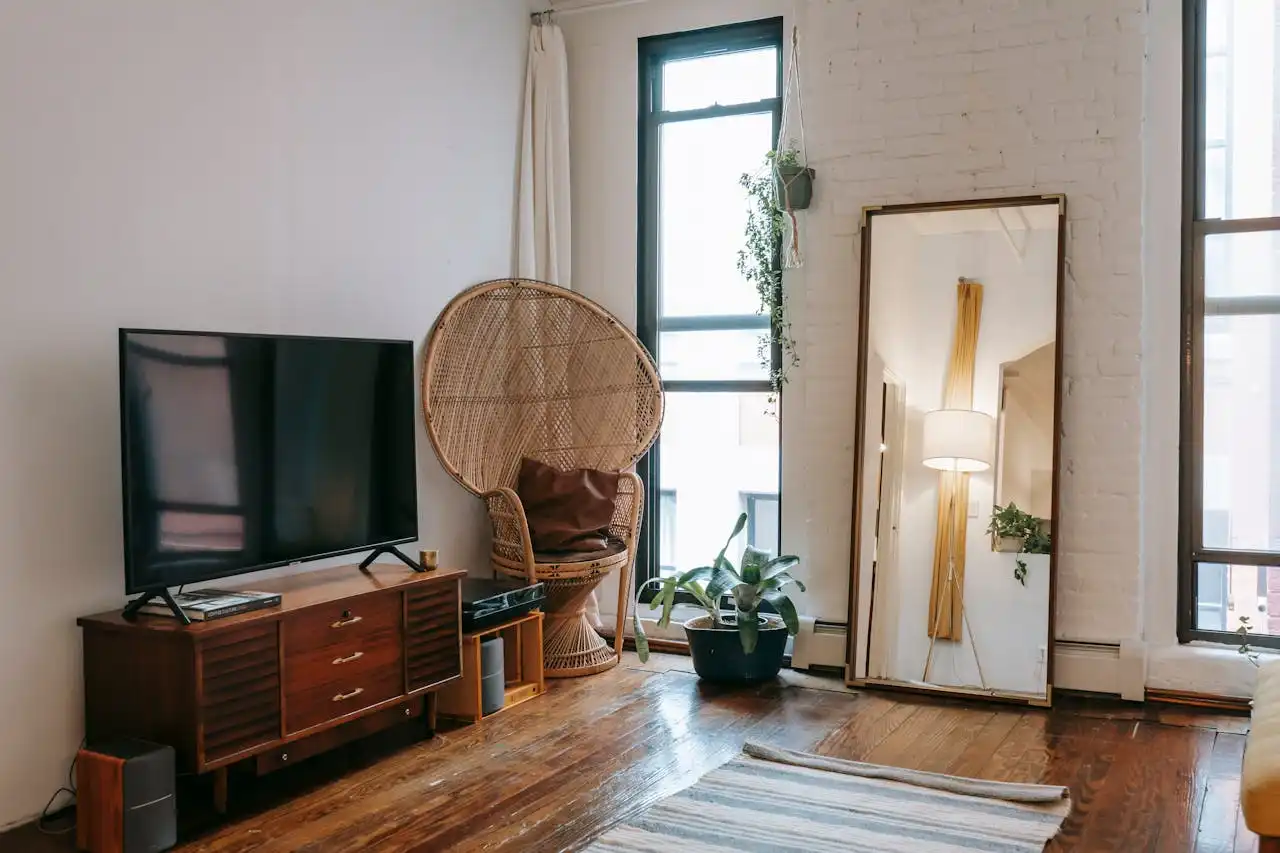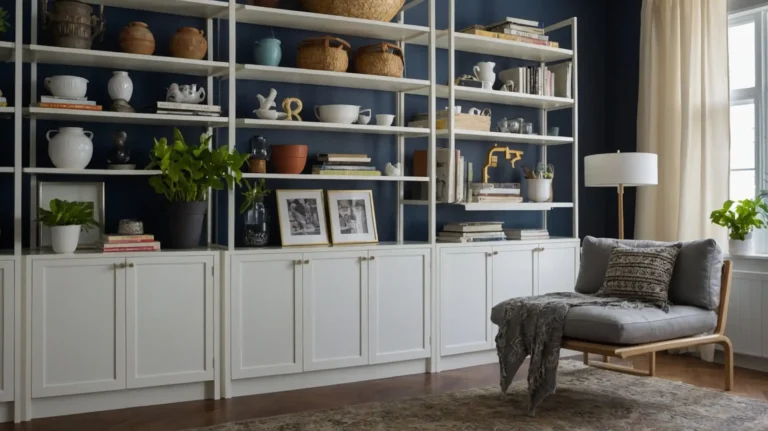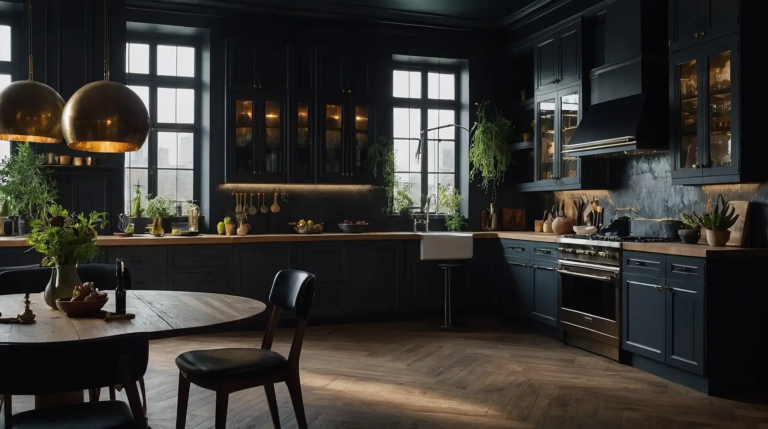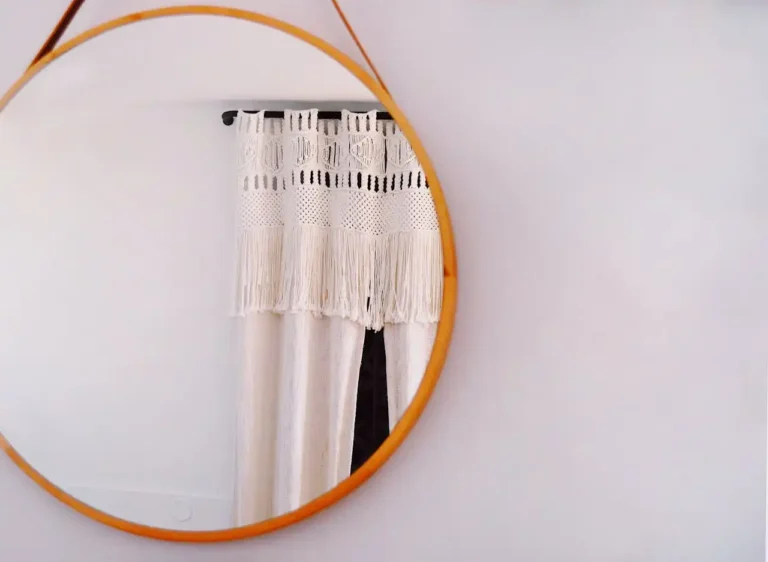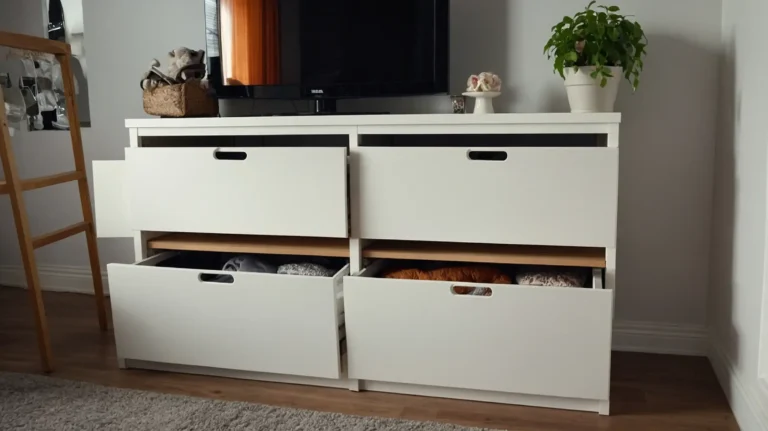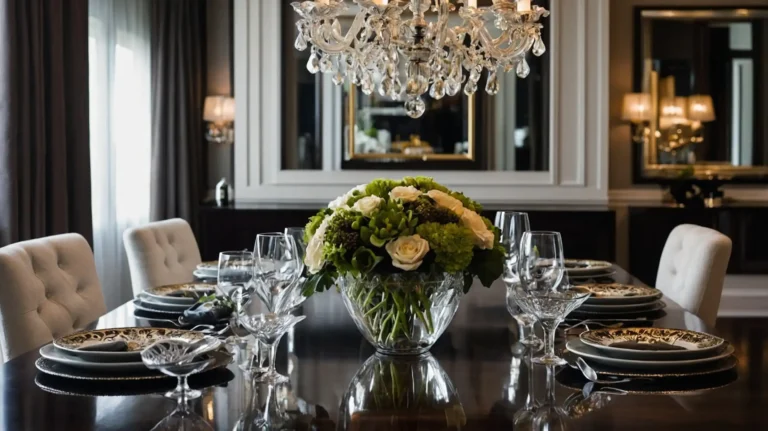How to Mix Vintage and Modern Décor Without Clashing
Combining vintage charm with modern functionality creates spaces that feel both timeless and current. The key lies in finding the right balance between old and new elements.
You don’t need to choose sides in the vintage versus modern debate. Smart mixing techniques allow you to enjoy the best of both worlds while maintaining visual harmony.
Ready to master this sophisticated design approach? These proven strategies will help you blend eras seamlessly for a curated, collected-over-time aesthetic.
Establish a Cohesive Color Palette
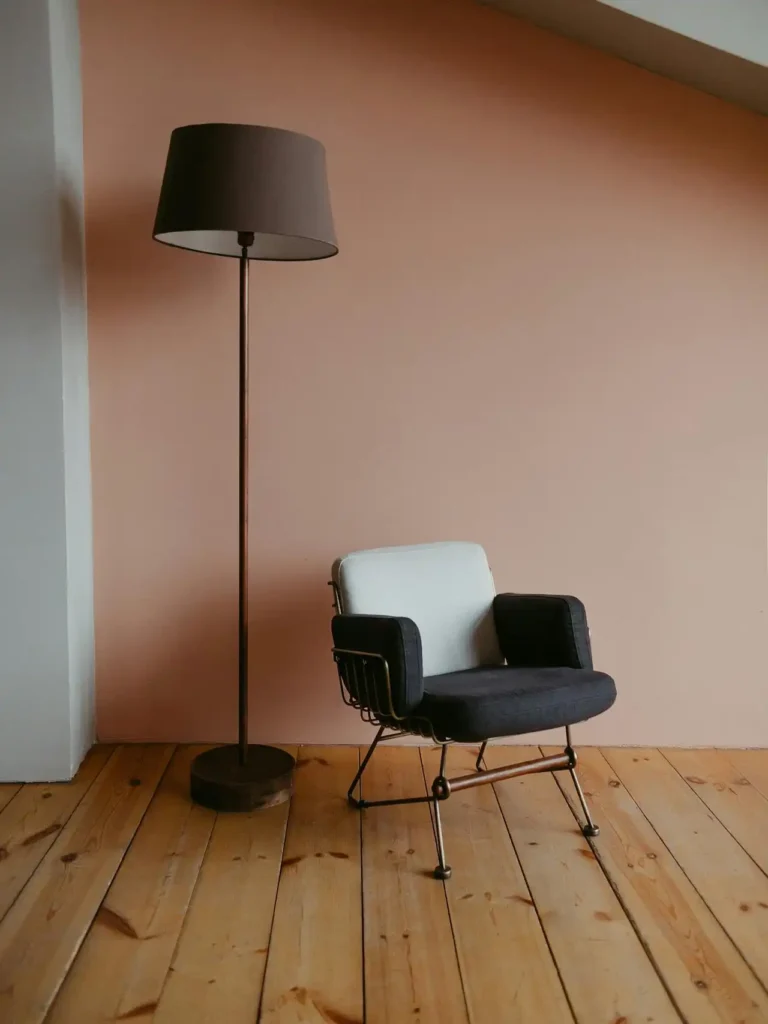
Color serves as the unifying thread that ties vintage and modern pieces together successfully.
Choose a neutral base palette that allows both old and new elements to shine without competing. Consider the undertones in your color choices carefully.
Start with classic neutrals like cream, gray, or soft white as your foundation. These timeless colors complement vintage patina while enhancing modern materials like steel and glass.
Add one or two accent colors throughout your space to create visual connections between different eras.
A deep navy or forest green can bridge a mid-century sideboard with contemporary artwork beautifully.
Avoid using too many colors, which can make mixed-era rooms feel chaotic. Stick to a maximum of four colors total, including your neutrals, for a sophisticated and intentional appearance.
Warm undertones pair vintage brass with modern gold accents, while cool undertones connect vintage silver with contemporary chrome finishes.
Focus on Scale and Proportion Balance
Mixing furniture sizes strategically prevents any single era from overwhelming your space.
Pair a large vintage armoire with sleek, low-profile modern seating to create interesting visual contrast.
Balance ornate vintage pieces with simple, clean-lined modern elements.
A heavily carved antique dining table works beautifully with streamlined contemporary chairs that don’t compete for attention.
Create breathing room between statement pieces from different eras. Allow each item space to be appreciated individually while contributing to the overall composition.
Use similar scale pieces to create natural groupings that span different time periods.
A vintage brass lamp and modern ceramic vase of similar heights work together harmoniously on a side table.
Avoid clustering too many large vintage pieces together, which can make spaces feel cramped and old-fashioned rather than thoughtfully curated.
Master Material and Texture Mixing
Natural materials like wood, stone, and metal create bridges between vintage and modern pieces because they transcend specific time periods and design movements.
Introduce warm wood tones through vintage furniture, then echo them in modern accessories or architectural elements. This repetition creates visual cohesion across different design eras.
Mix textures thoughtfully to add interest without creating chaos. Pair smooth modern ceramics with rustic vintage textiles, or combine sleek metal fixtures with weathered wood furniture.
Avoid overwhelming your space with too many different materials. Choose three to four primary materials and repeat them throughout your room in both vintage and modern applications.
Consider the finish quality when mixing materials. Polished modern metals can clash with heavily patinated vintage pieces, while brushed or matte finishes blend more seamlessly.
Create Strategic Focal Points
Designate one era as dominant in each room while using the other as supporting accents. This prevents visual competition and creates clear hierarchy in your design scheme.
Choose your most stunning piece, whether vintage or modern, as the room’s focal point.
Then select complementary pieces from the opposite era that enhance rather than compete with this centerpiece.
Arrange furniture to highlight successful vintage-modern pairings. Position a modern sofa to showcase a vintage coffee table, or frame contemporary art above an antique console.
Use lighting to emphasize your best mixed-era combinations. Strategic placement draws attention to successful pairings while minimizing less cohesive elements.
Rotate focal points seasonally to keep your space feeling fresh while experimenting with different vintage-modern combinations throughout the year.
Apply the 80/20 Rule Strategically
Choose one era to represent roughly 80% of your room’s elements, then use the other era for the remaining 20%. This creates visual dominance while adding interesting contrast.
In predominantly modern spaces, vintage accessories like pottery, textiles, or artwork add warmth and character without overwhelming the clean aesthetic.
For vintage-heavy rooms, modern lighting, hardware, or one statement furniture piece prevents the space from feeling like a museum display.
Adjust these ratios based on your personal preferences and lifestyle needs. Some rooms naturally lean more heavily toward one era based on their function and your daily use patterns.
Remember that successful mixing often happens gradually over time. Start with one dominant era and slowly introduce contrasting elements as you find pieces that speak to you.
Choose Transitional Pieces Wisely
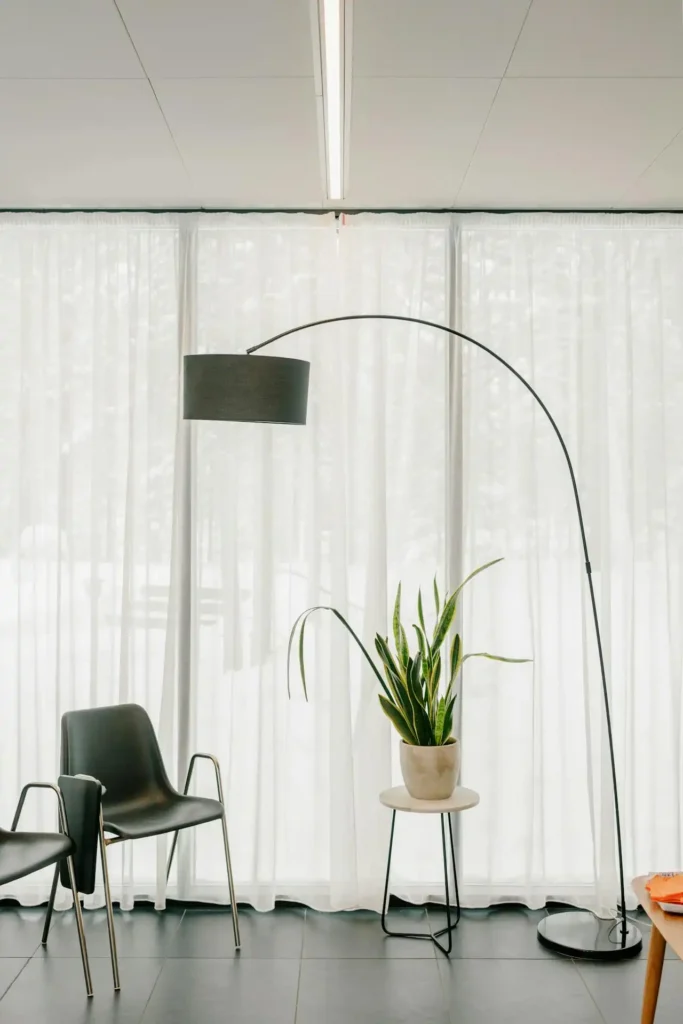
Mid-century modern furniture serves as perfect bridge pieces because it combines vintage age with clean, modern-feeling lines that complement contemporary elements.
Industrial-style pieces work similarly well, offering vintage character through materials like reclaimed wood and metal while maintaining simple, unfussy forms that suit modern aesthetics.
Scandinavian vintage pieces blend seamlessly with contemporary design due to their emphasis on clean lines, natural materials, and functional beauty.
Look for vintage pieces that have been restored or refinished in ways that make them feel fresh and current while maintaining their historical character.
Contemporary pieces inspired by vintage designs also serve as excellent transitions, offering old-world charm with modern functionality and construction quality.
Balance Ornate and Simple Elements
Pair highly decorative vintage pieces with simple, understated modern elements to prevent visual overload. An ornate vintage mirror works beautifully above a sleek modern console.
Use modern pieces to provide visual rest areas between more complex vintage elements. Clean-lined contemporary furniture gives the eye places to rest in richly decorated spaces.
Limit the number of ornate pieces in any single room to prevent overwhelming the space. One or two detailed vintage pieces per room usually provides sufficient character.
Choose modern pieces with interesting shapes or proportions to add visual interest without competing with vintage ornamentation. Simple doesn’t have to mean boring.
Consider the viewing angles when placing ornate pieces. Position them where they can be appreciated fully without creating visual conflicts with other decorative elements.
Coordinate Hardware and Finishes
Update vintage furniture hardware to coordinate with modern fixtures throughout your space. This simple change creates visual connections between different eras seamlessly.
Choose metal finishes that appear in both your vintage and modern pieces. Brass, bronze, and black iron work particularly well for bridging different design periods.
Replace modern hardware with vintage-inspired options to create stronger connections with antique pieces. This technique works especially well in kitchens and bathrooms.
Maintain consistency in metal finishes within each room while allowing variation between different spaces. This creates cohesion without becoming monotonous throughout your home.
Consider the patina and finish quality when coordinating metals. New brass may clash with aged vintage brass, but brushed or antiqued modern finishes blend more naturally.
Layer Lighting from Different Eras
Combine vintage table lamps with modern overhead fixtures to create layered lighting that serves both functional and aesthetic purposes effectively.
Use modern track or recessed lighting to highlight vintage artwork or furniture pieces.
Contemporary lighting technology can showcase vintage elements beautifully without competing visually.
Incorporate vintage chandeliers or pendant lights as statement pieces in otherwise modern rooms. These create instant character while serving necessary lighting functions.
Update vintage light fixtures with modern bulbs and dimmer switches to improve functionality while maintaining historical character and charm.
Mix lighting temperatures carefully to create cohesive ambiance. Warm LED bulbs in modern fixtures can complement the cozy glow of vintage incandescent bulbs beautifully.
Arrange Accessories Thoughtfully
Group vintage and modern accessories together in odd-numbered clusters to create visually pleasing vignettes that span different design eras successfully.
Use books, plants, and artwork to create connections between vintage furniture and modern accessories. These elements transcend specific time periods naturally.
Vary heights and shapes when combining accessories from different eras. This creates dynamic compositions that feel intentional rather than accidentally assembled.
Choose accessories that share similar color tones or materials even if they come from different time periods. This creates visual harmony despite stylistic differences.
Rotate accessories seasonally to experiment with different vintage-modern combinations and keep your space feeling fresh and personally curated over time.
Avoid Common Mixing Mistakes
Don’t feel obligated to match everything perfectly. Successful vintage-modern mixing embraces some contrast and tension between different elements and time periods.
Avoid creating theme rooms that feel like historical recreations. The goal is creating livable spaces that happen to include vintage elements, not museum displays.
Resist the urge to buy everything at once. Successful mixing develops over time as you find pieces that genuinely speak to you and work with your existing elements.
Don’t ignore scale relationships between pieces. A tiny modern accent table beside a massive vintage sofa will look unintentional rather than thoughtfully curated.
Avoid mixing too many different design movements within a single space. Stick to two or three maximum to maintain visual coherence and prevent chaos.
Apply Room-Specific Strategies
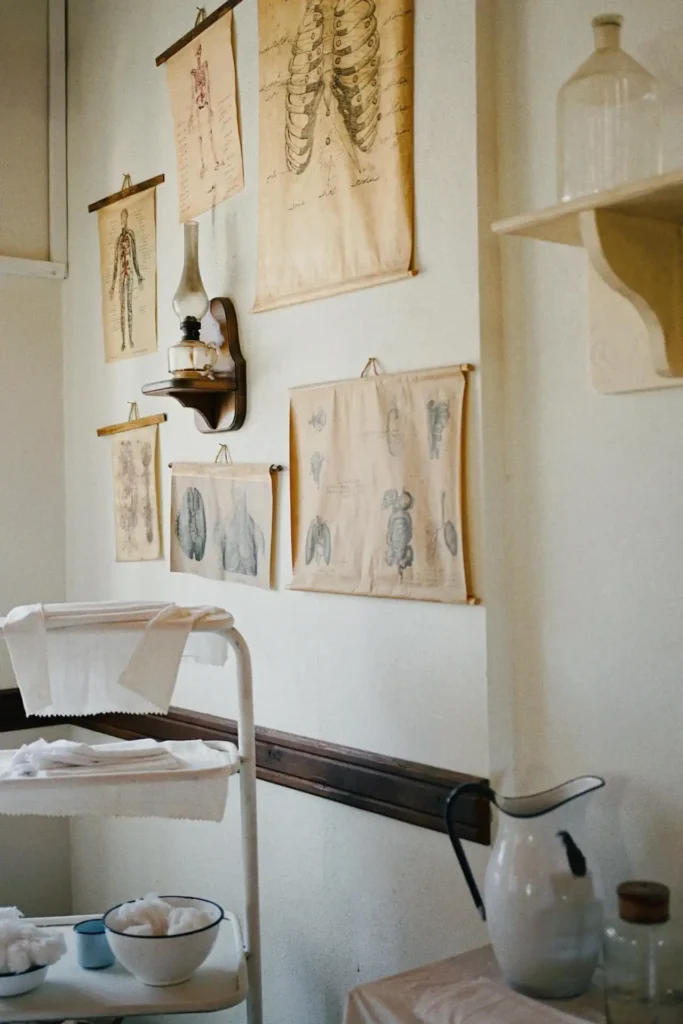
Living rooms benefit from vintage seating paired with modern coffee tables and lighting. This combination offers comfort and character while maintaining contemporary functionality.
Bedrooms work well with vintage dressers and modern bedding, or contemporary platform beds with antique nightstands for interesting contrast and practical storage.
Kitchens can incorporate vintage-inspired appliances with modern cabinetry, or antique furniture pieces repurposed as islands alongside contemporary fixtures.
Bathrooms blend eras successfully through vintage mirrors and fixtures paired with modern vanities, or contemporary tilework with antique accessories and lighting.
Dining rooms excel at vintage table and modern chair combinations, or contemporary tables with antique serving pieces and traditional china displays.
Conclusion
Successfully mix vintage and modern décor by establishing cohesive color palettes, balancing proportions, and choosing transitional pieces thoughtfully.

